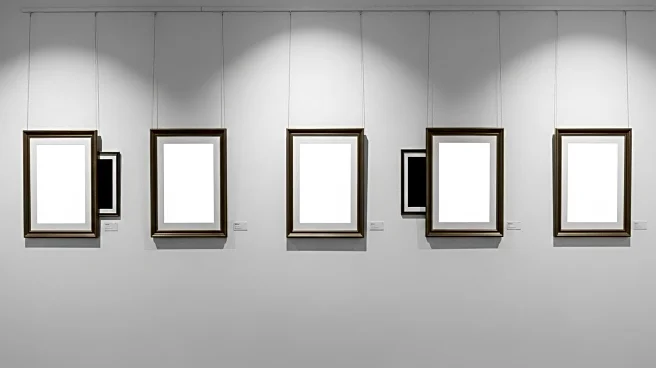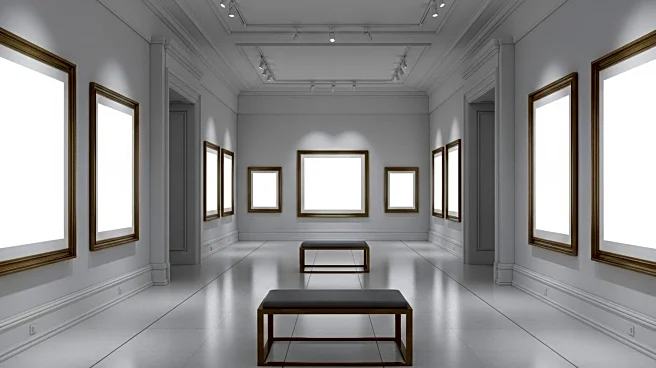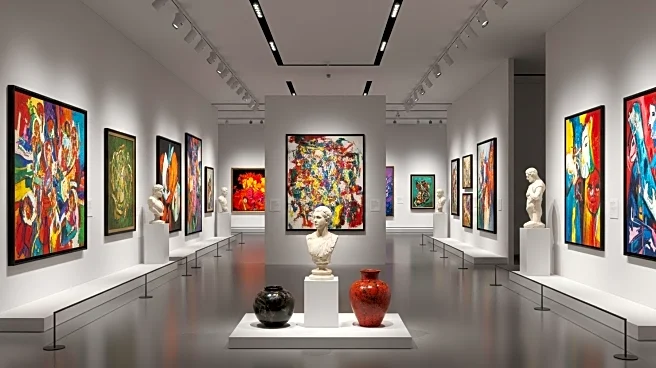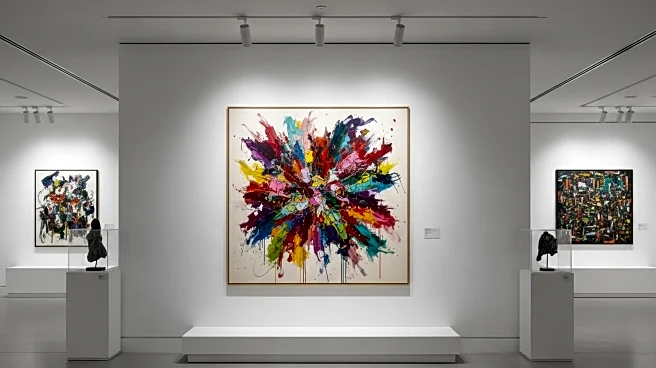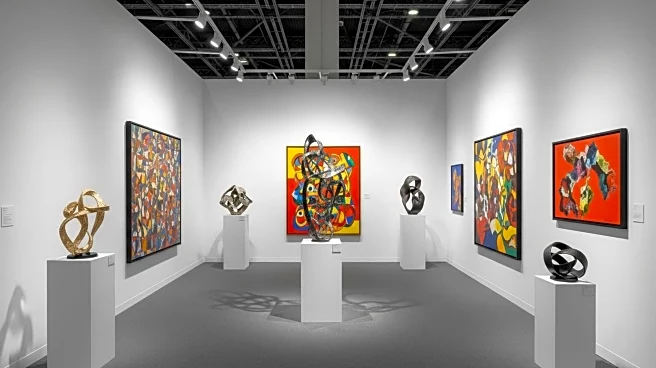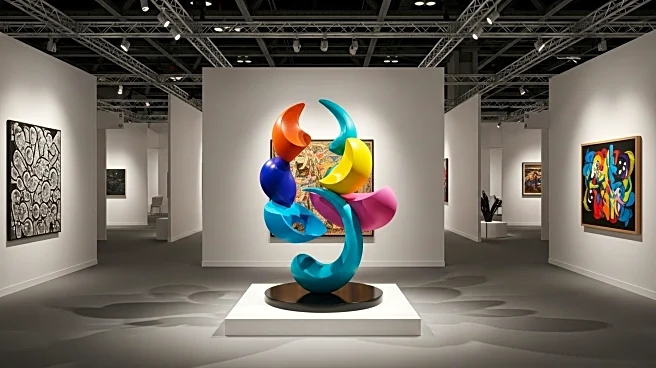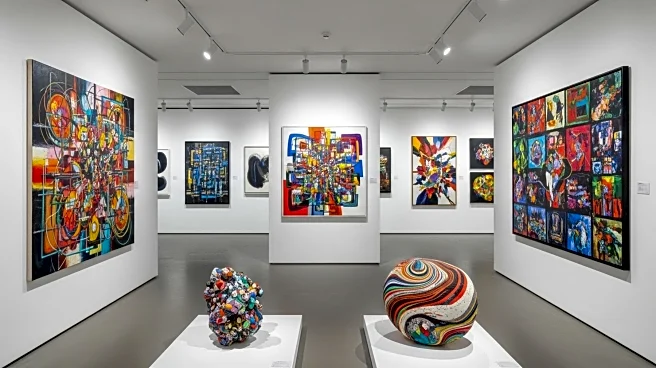What's Happening?
The art market is experiencing significant challenges, with several galleries closing due to financial difficulties. Clearing gallery, a prominent space in New York, has announced its closure after struggling with high operating costs and declining demand for art. The gallery's attempt to innovate by hosting exhibitions in a villa during Art Basel failed to generate sufficient sales. This closure is part of a broader trend affecting the art industry, with other galleries like Blum and Kasmin also shutting down. The market is grappling with reduced sales, high overheads, and a shift in collector behavior.
Why It's Important?
The closures signal a structural shift in the art market, highlighting the unsustainable business models many galleries have relied on. As major collectors reduce spending, the industry faces a need to adapt to changing economic conditions. This situation may lead to a reevaluation of pricing strategies and the role of art as an investment. The contraction could result in a more streamlined market, with fewer galleries and a focus on sustainable practices. The impact on artists and cultural institutions could be profound, affecting the diversity and accessibility of art.
Beyond the Headlines
The art market's challenges raise questions about the cultural value of art and its role in society. As galleries close, there may be a shift towards smaller, more agile spaces that prioritize artistic innovation over commercial success. This could lead to a renaissance in creative expression, driven by new models of engagement and collaboration. The industry's evolution may also prompt discussions about the ethical implications of art commodification and the need for more inclusive and equitable practices.


